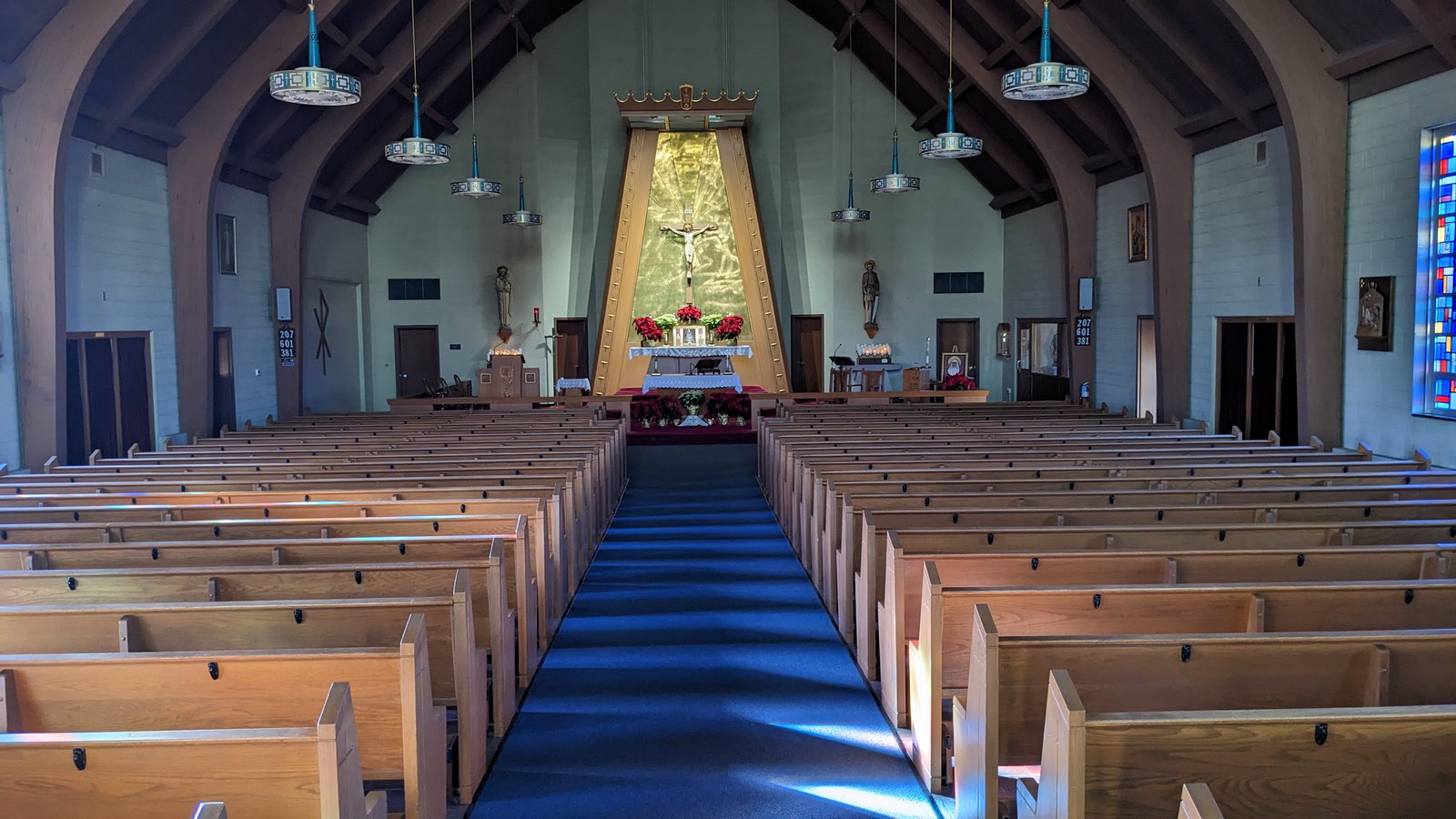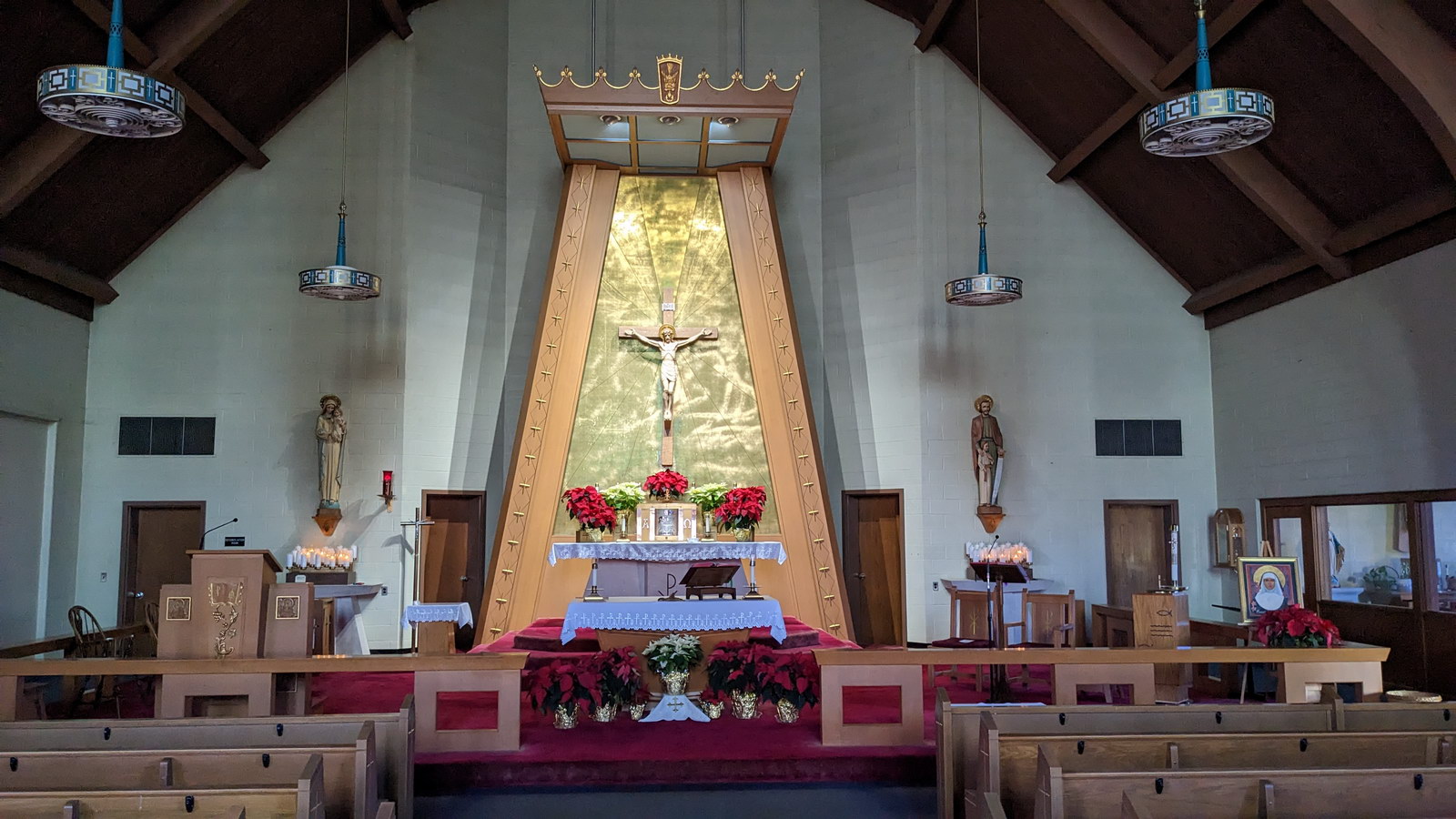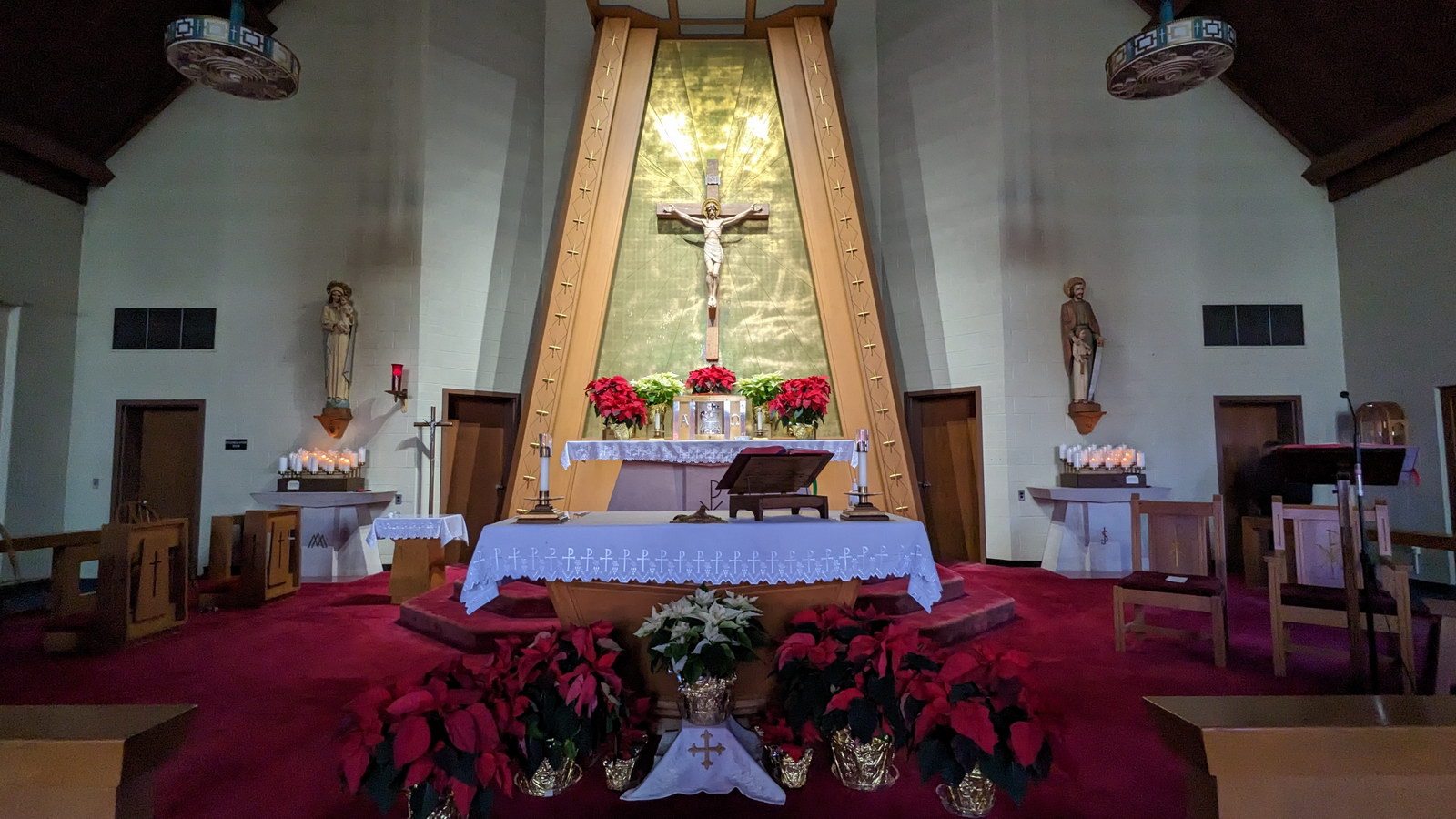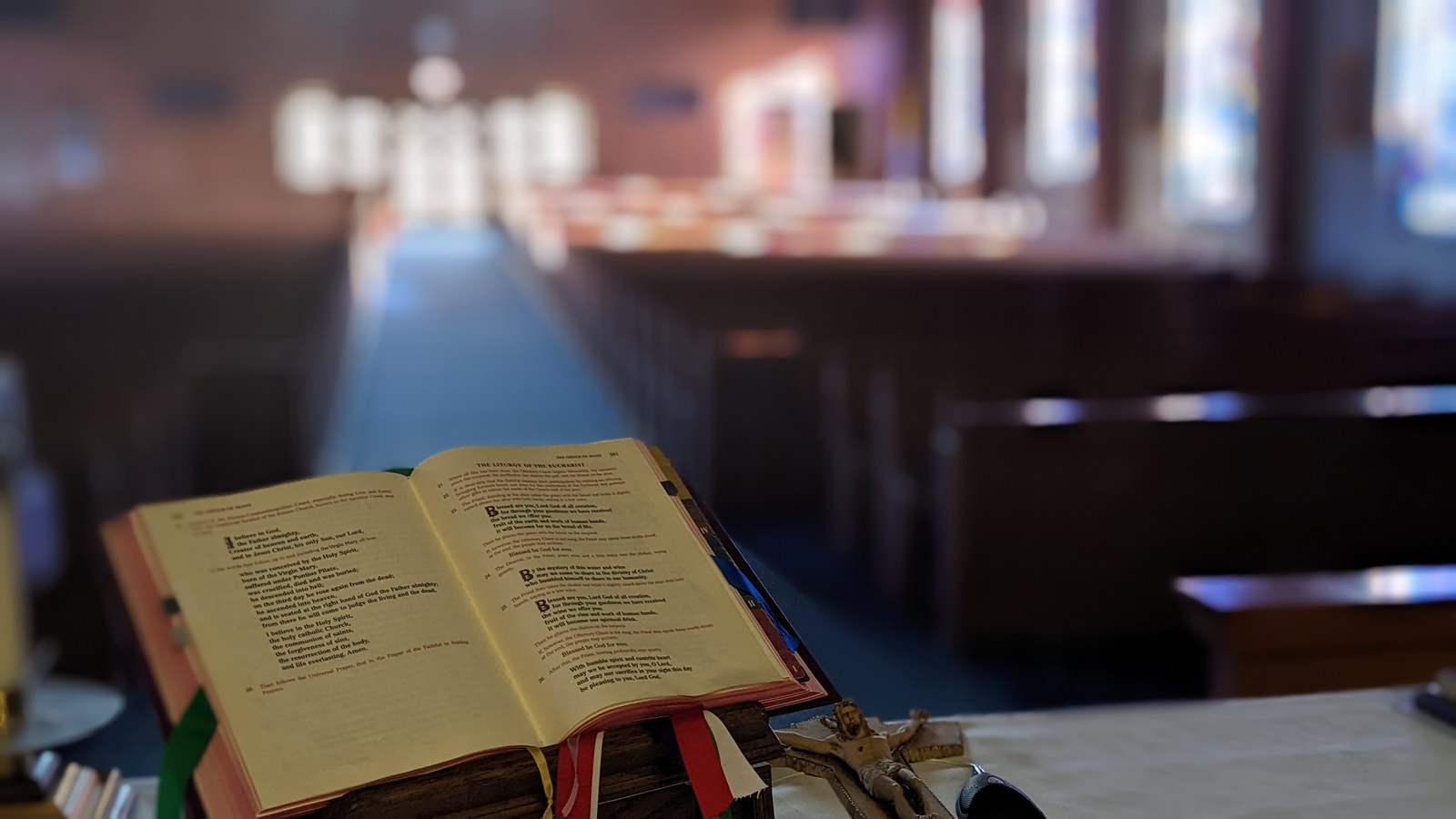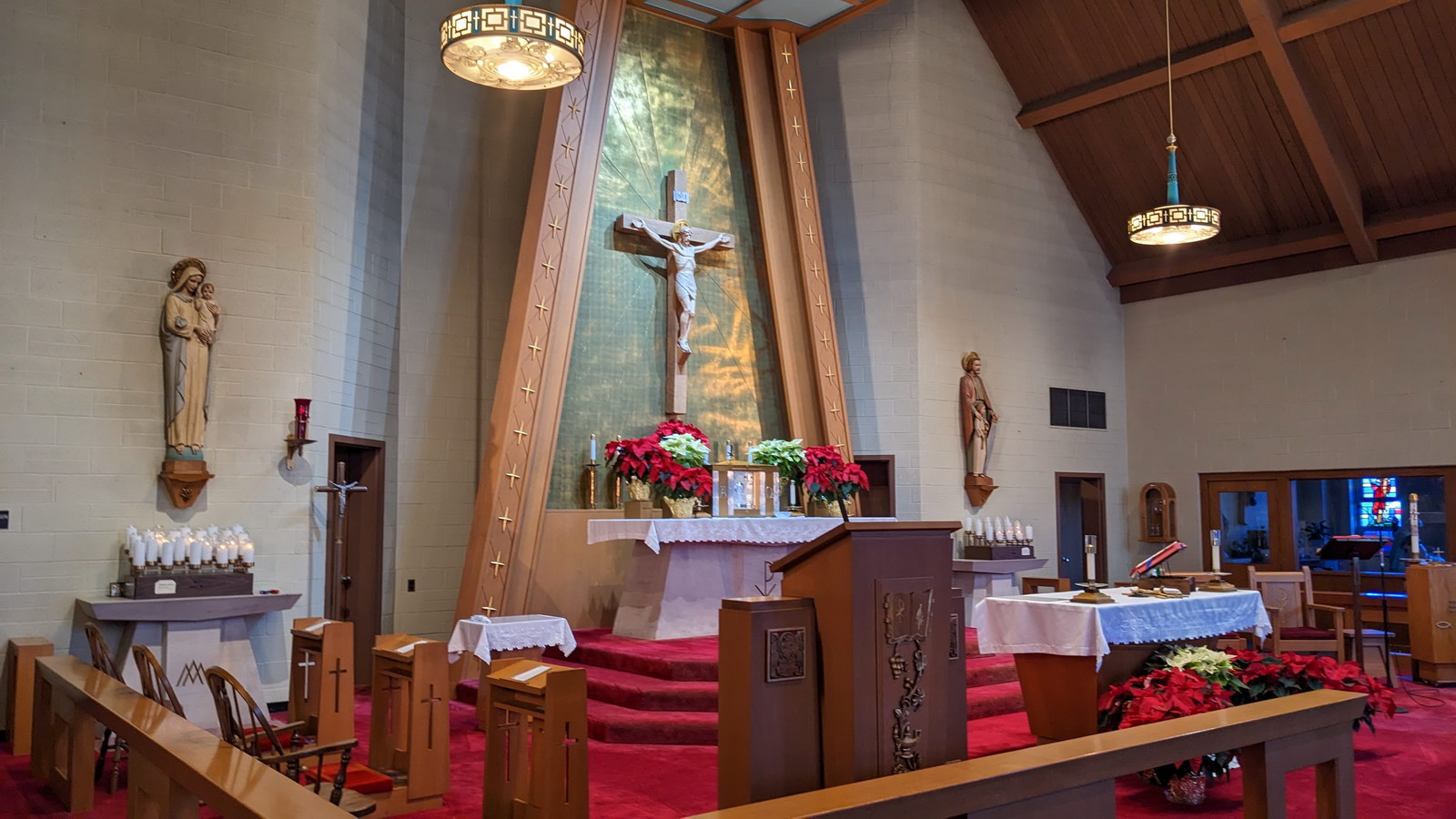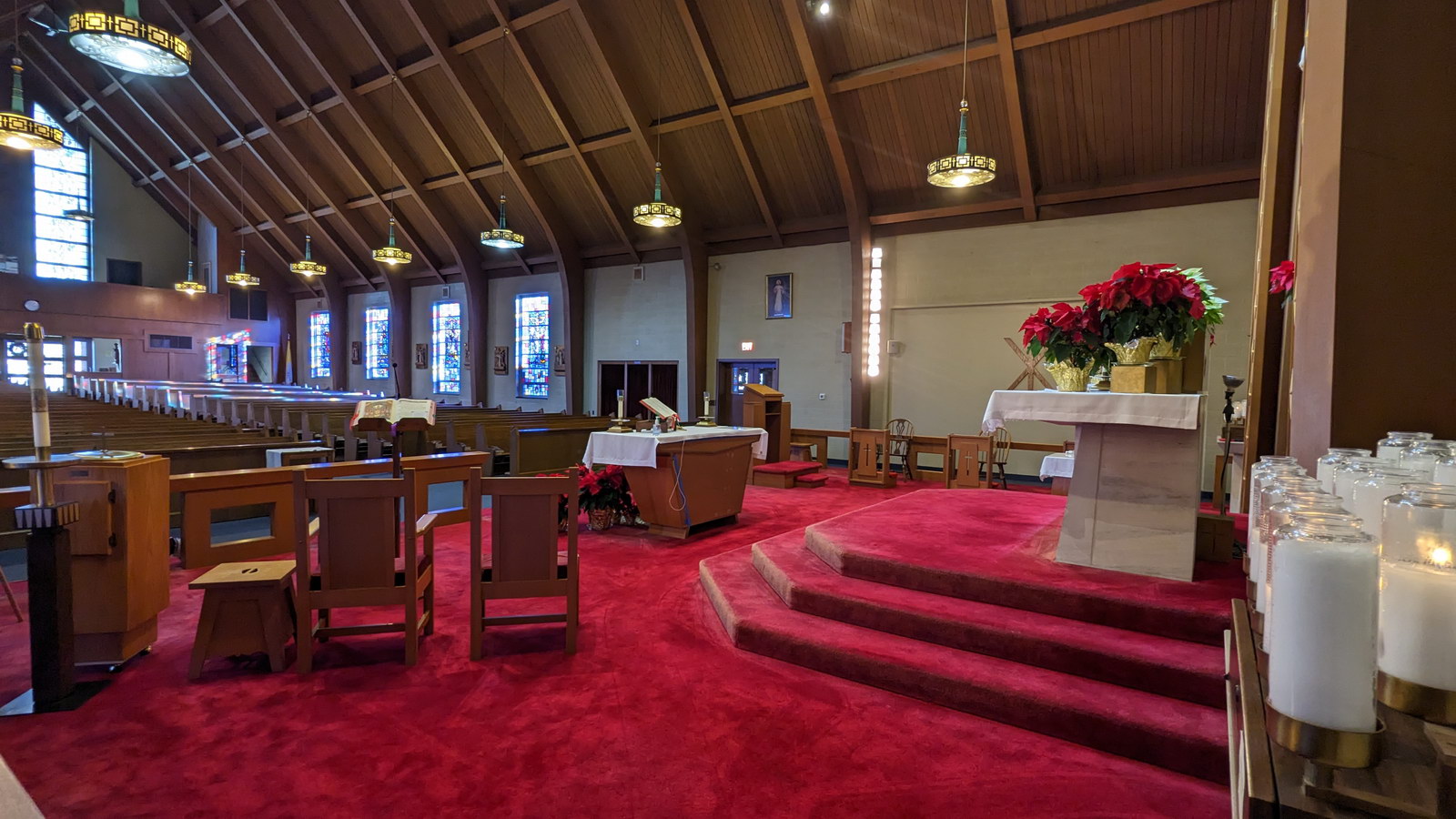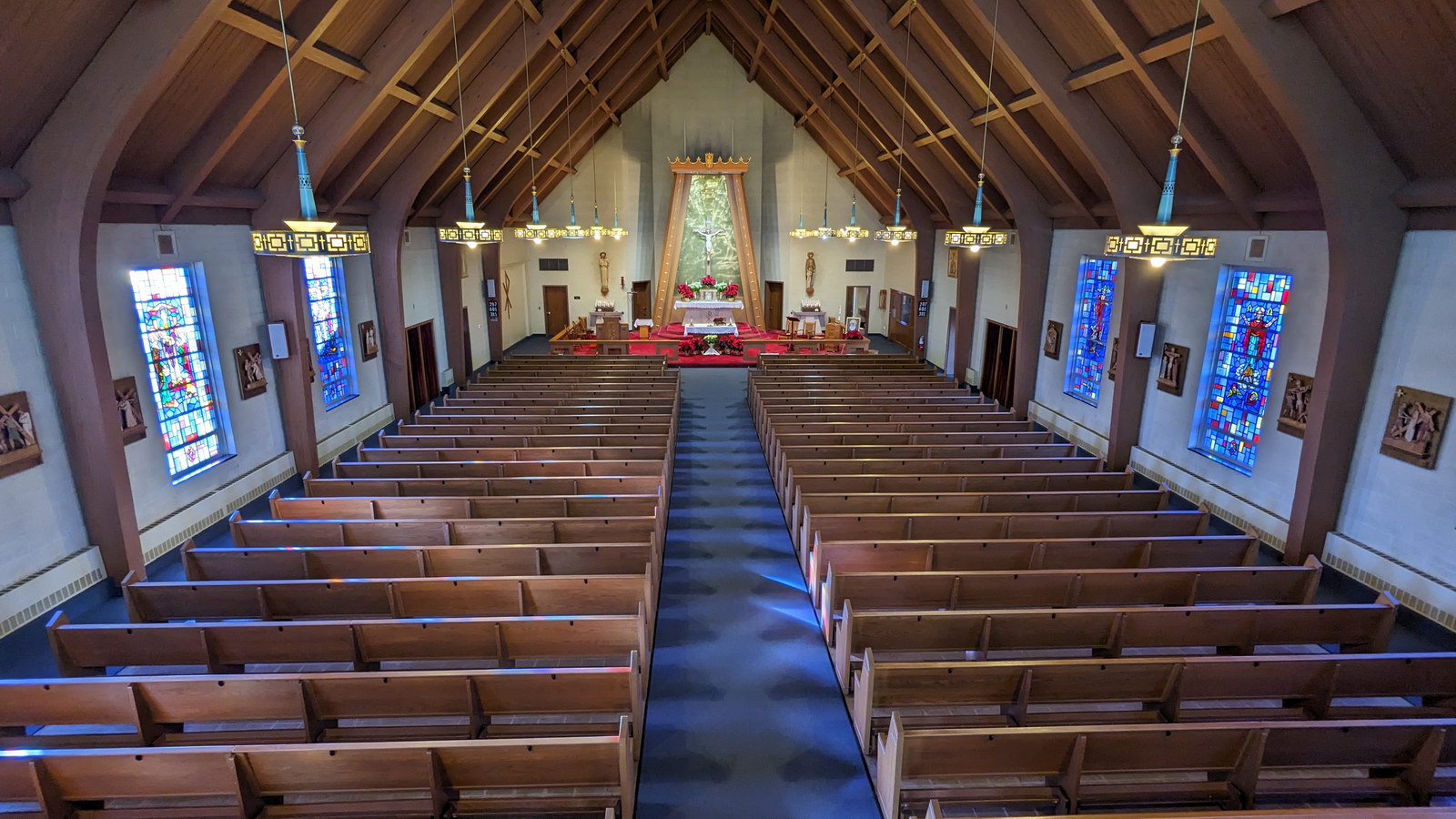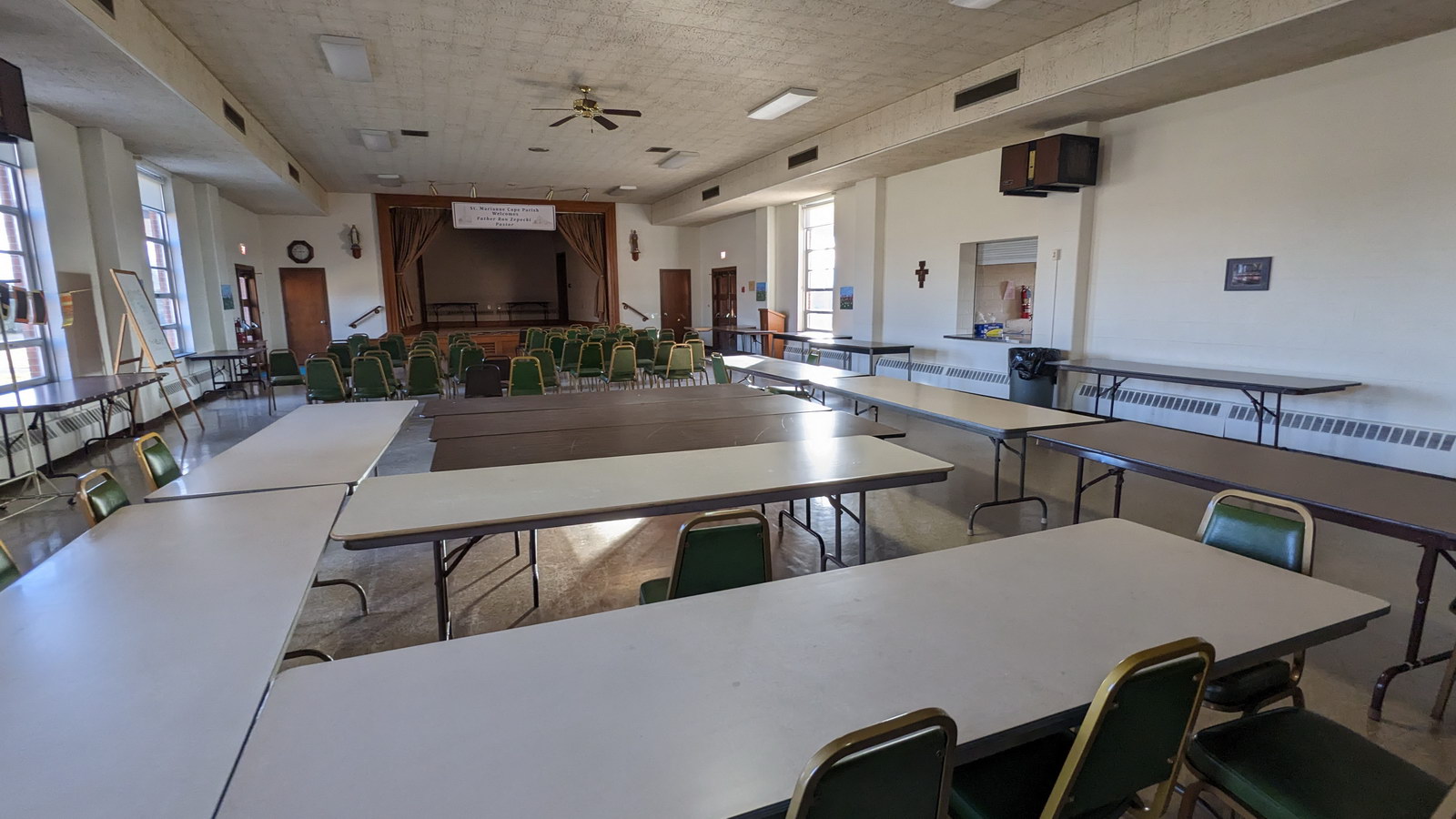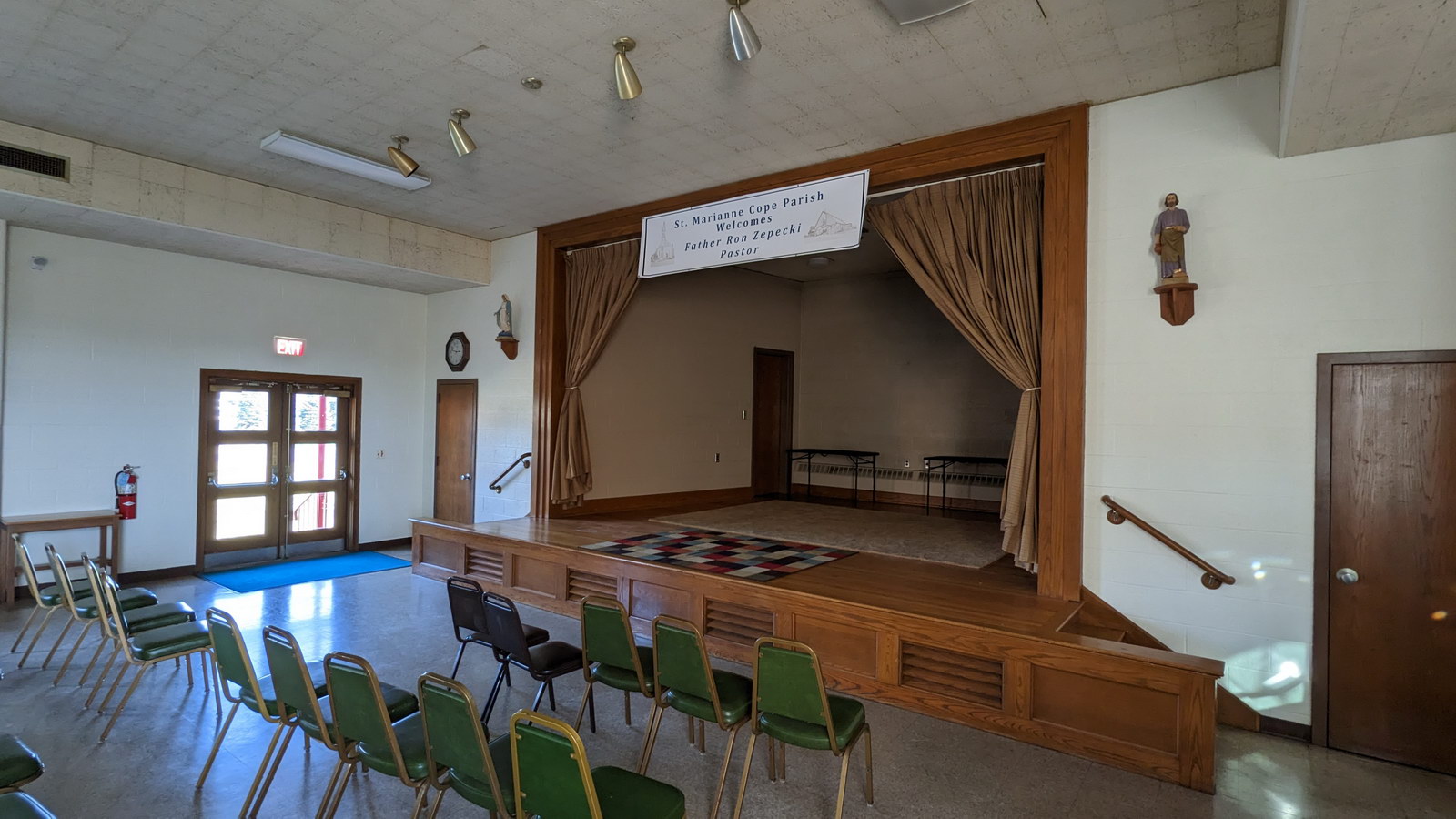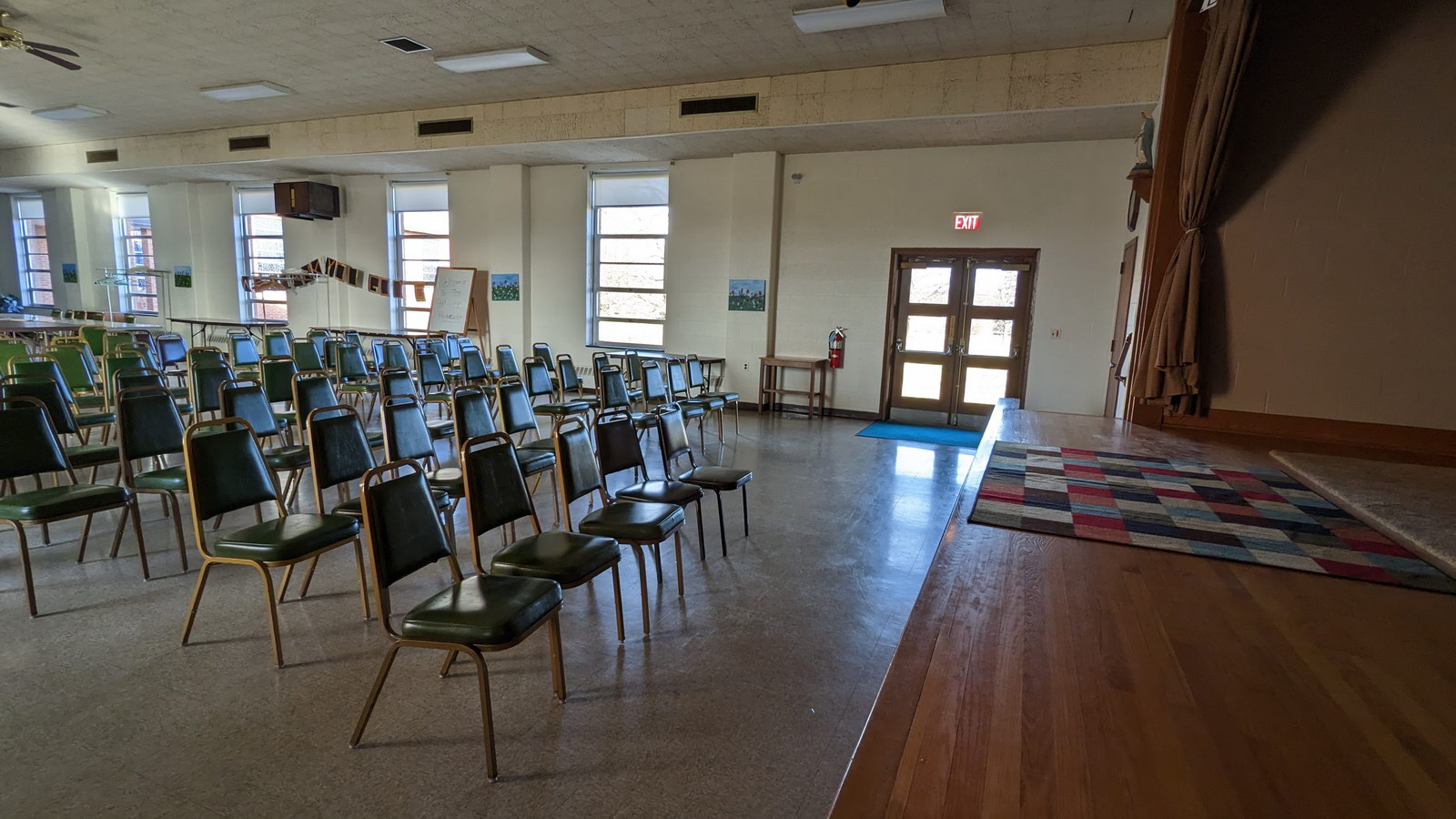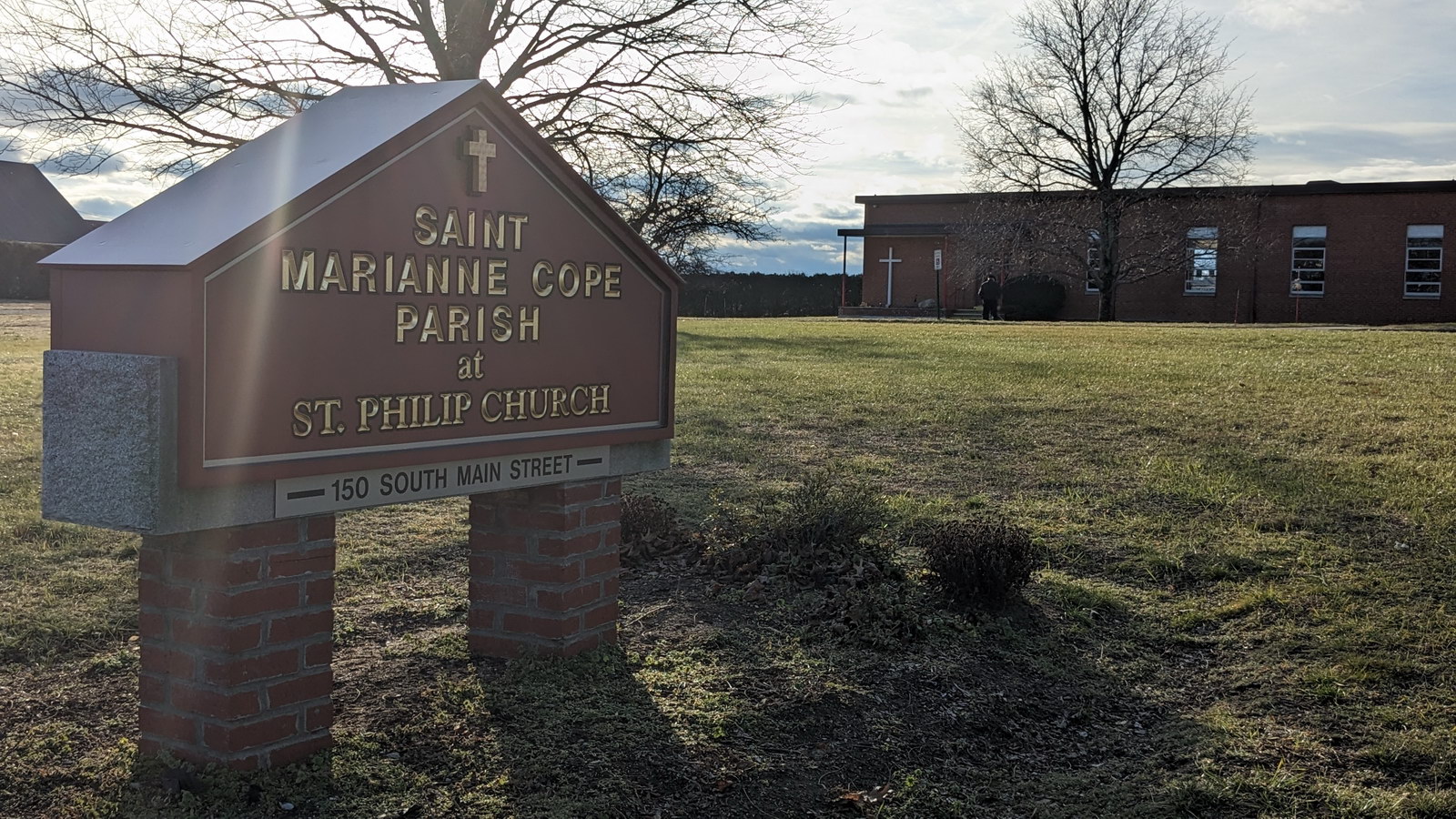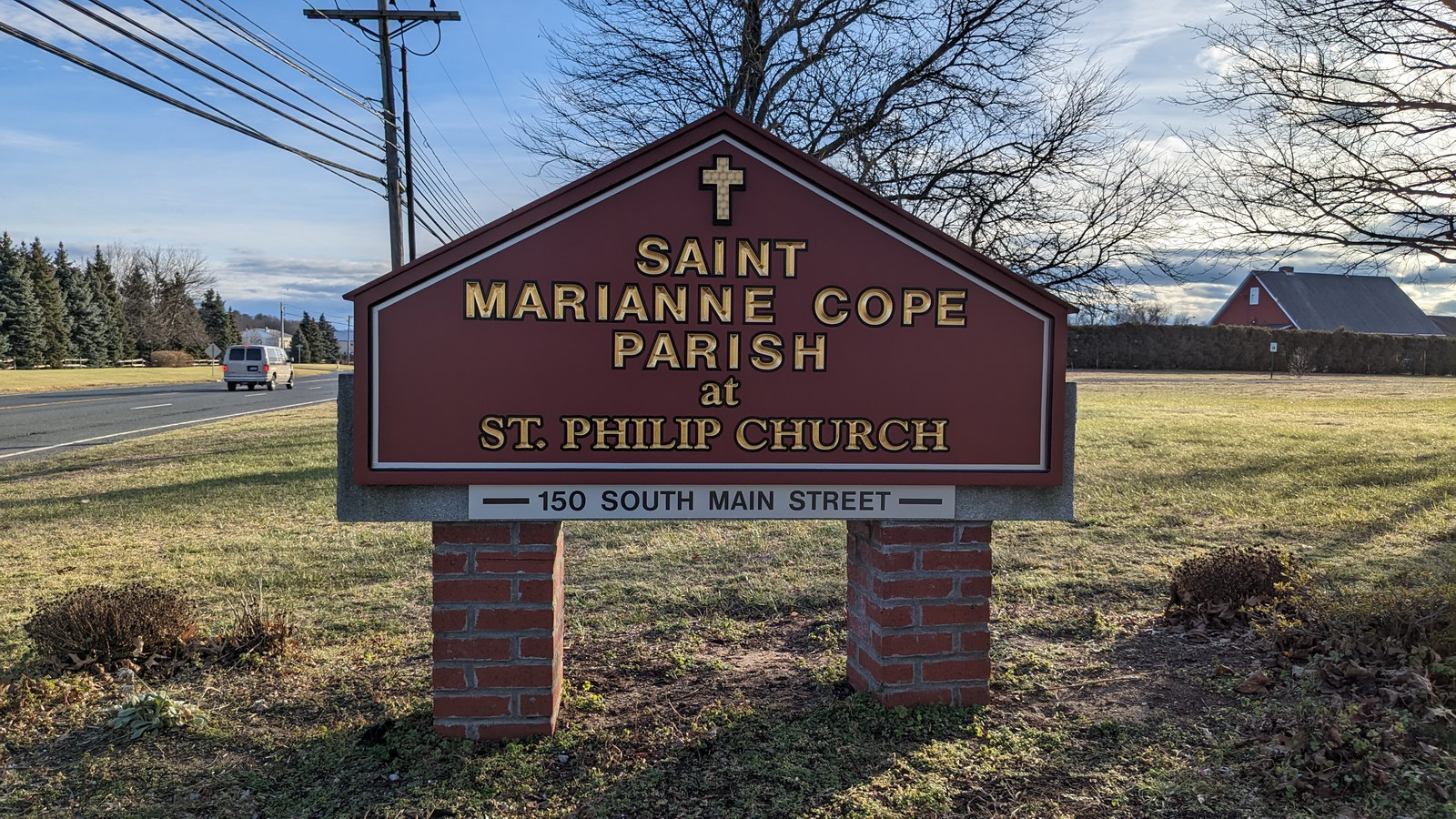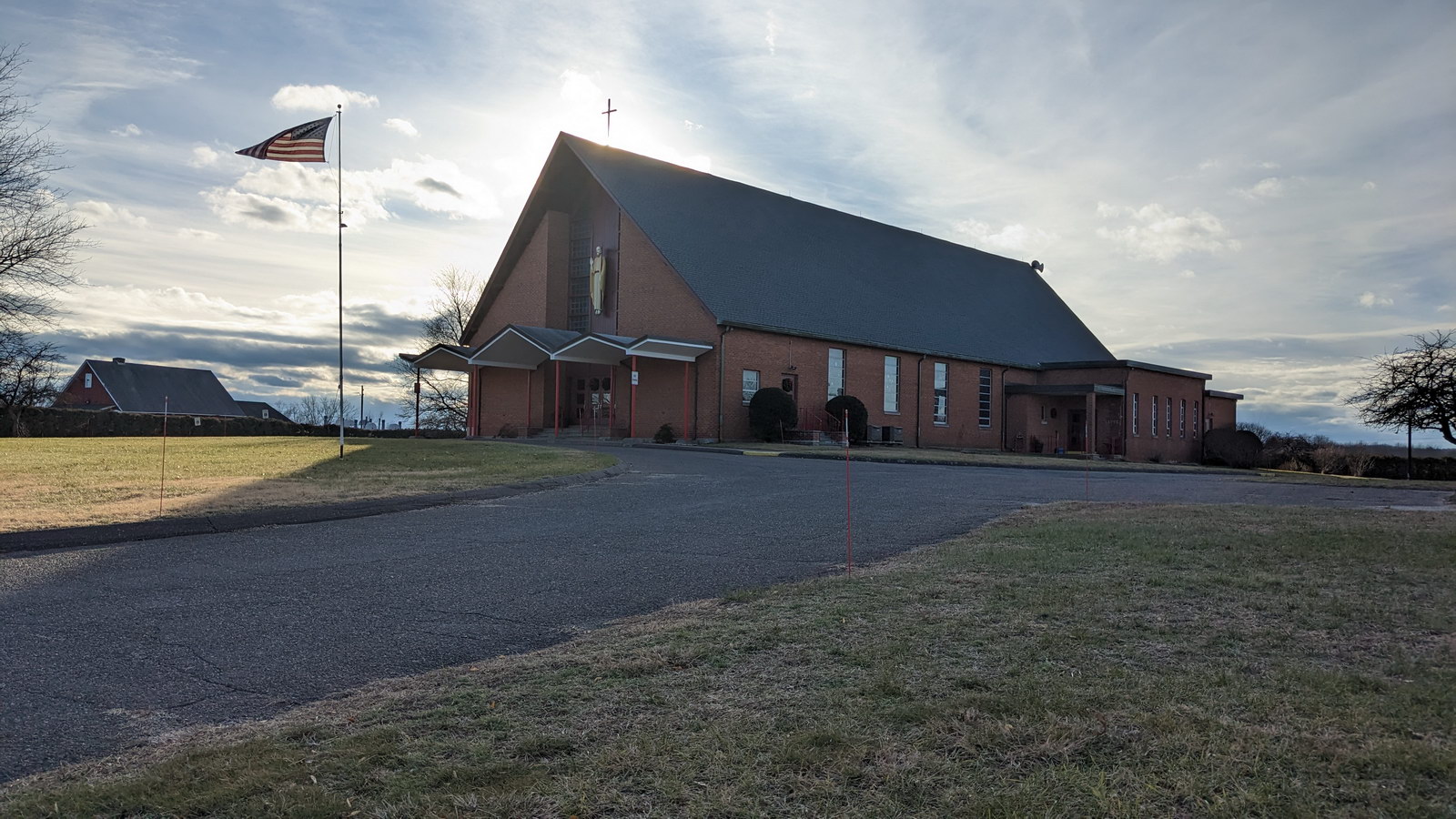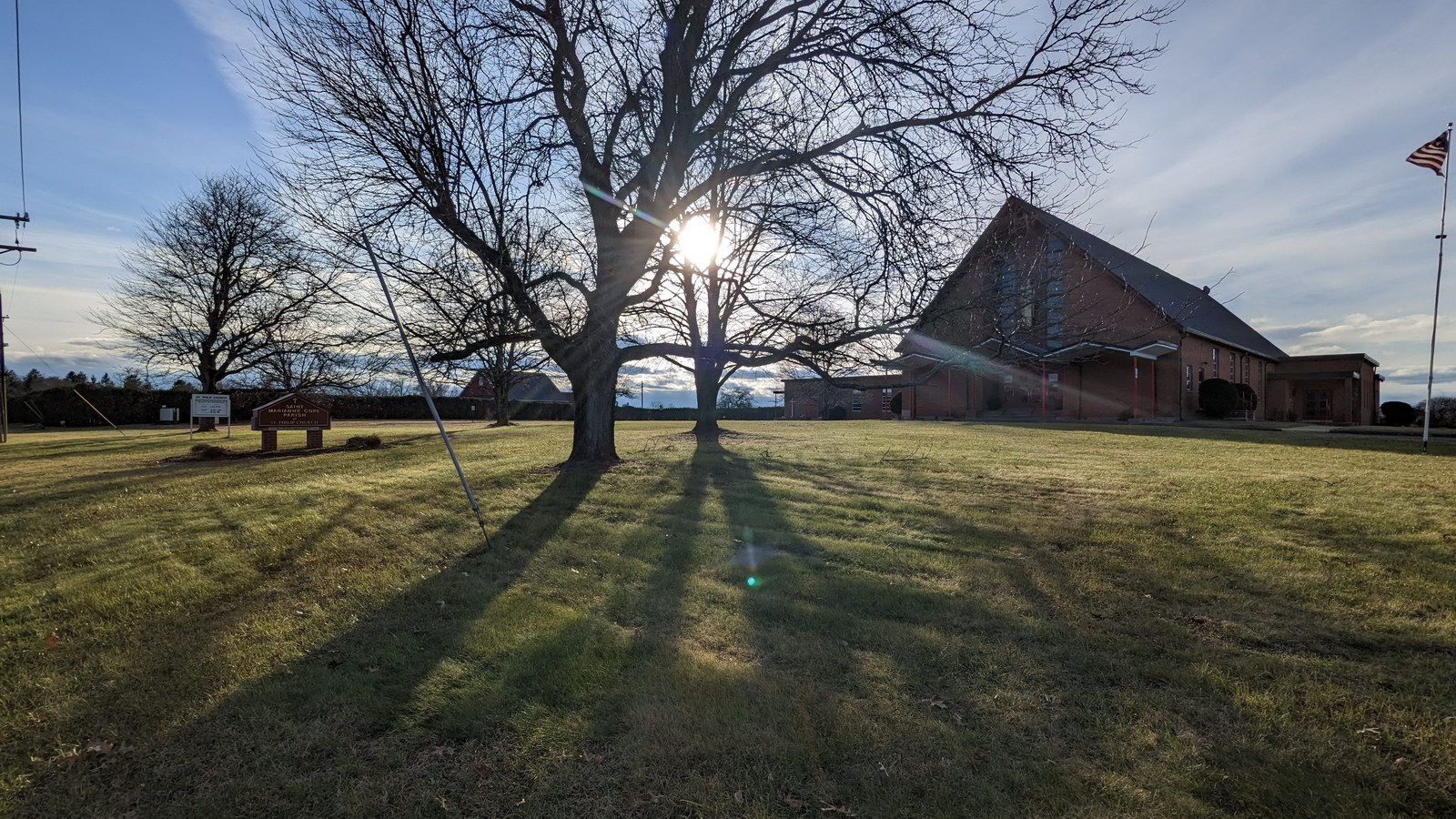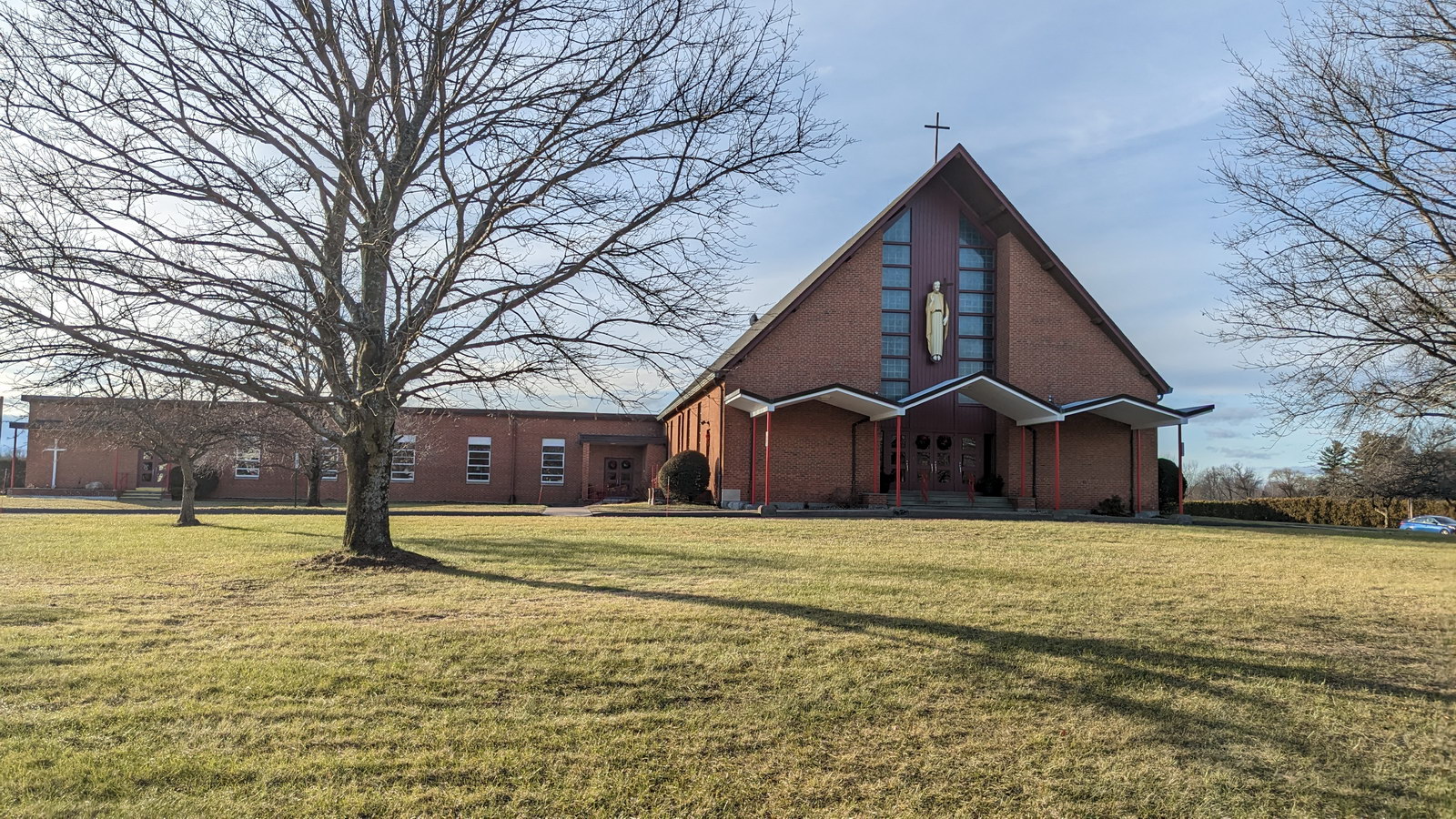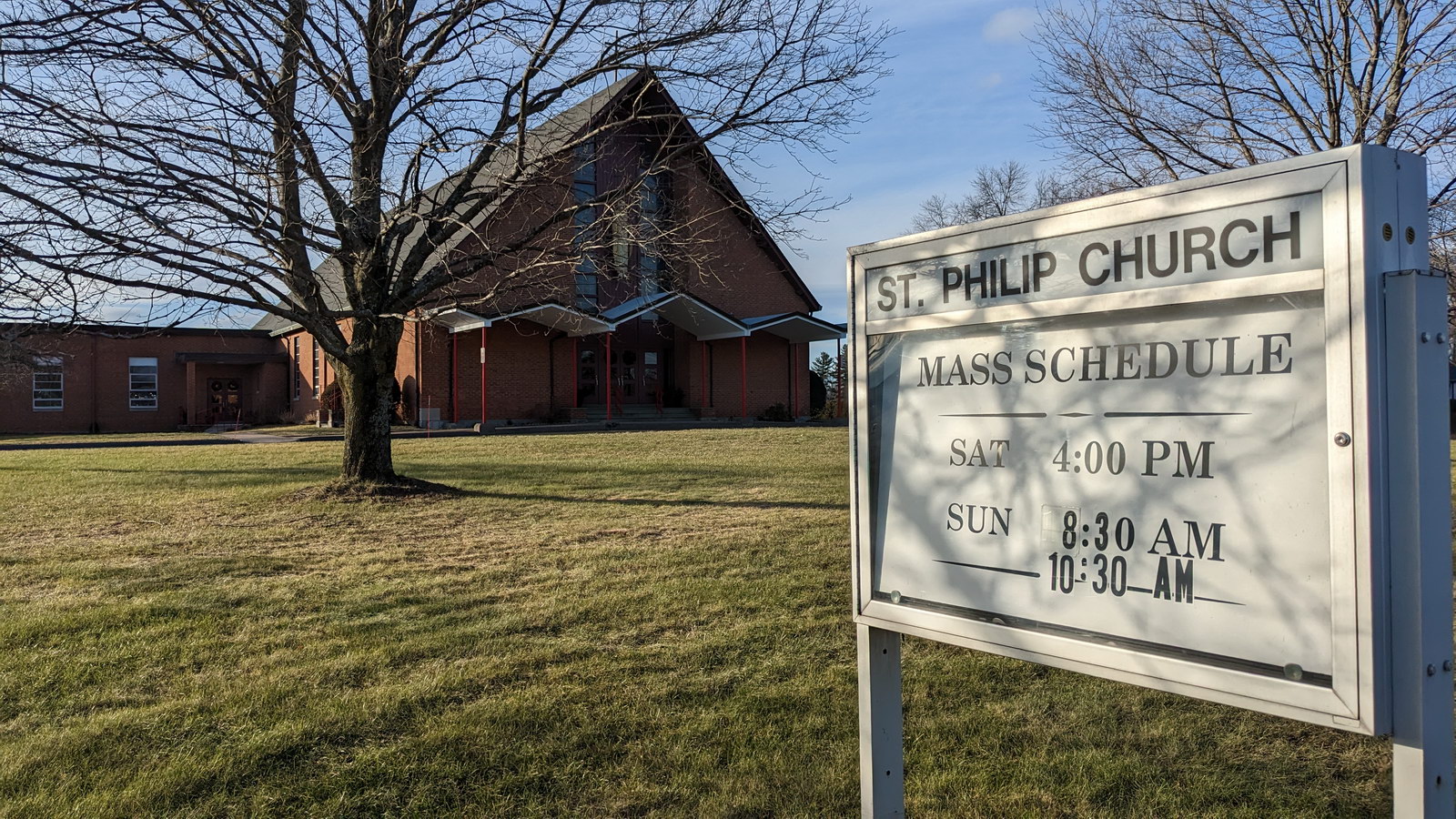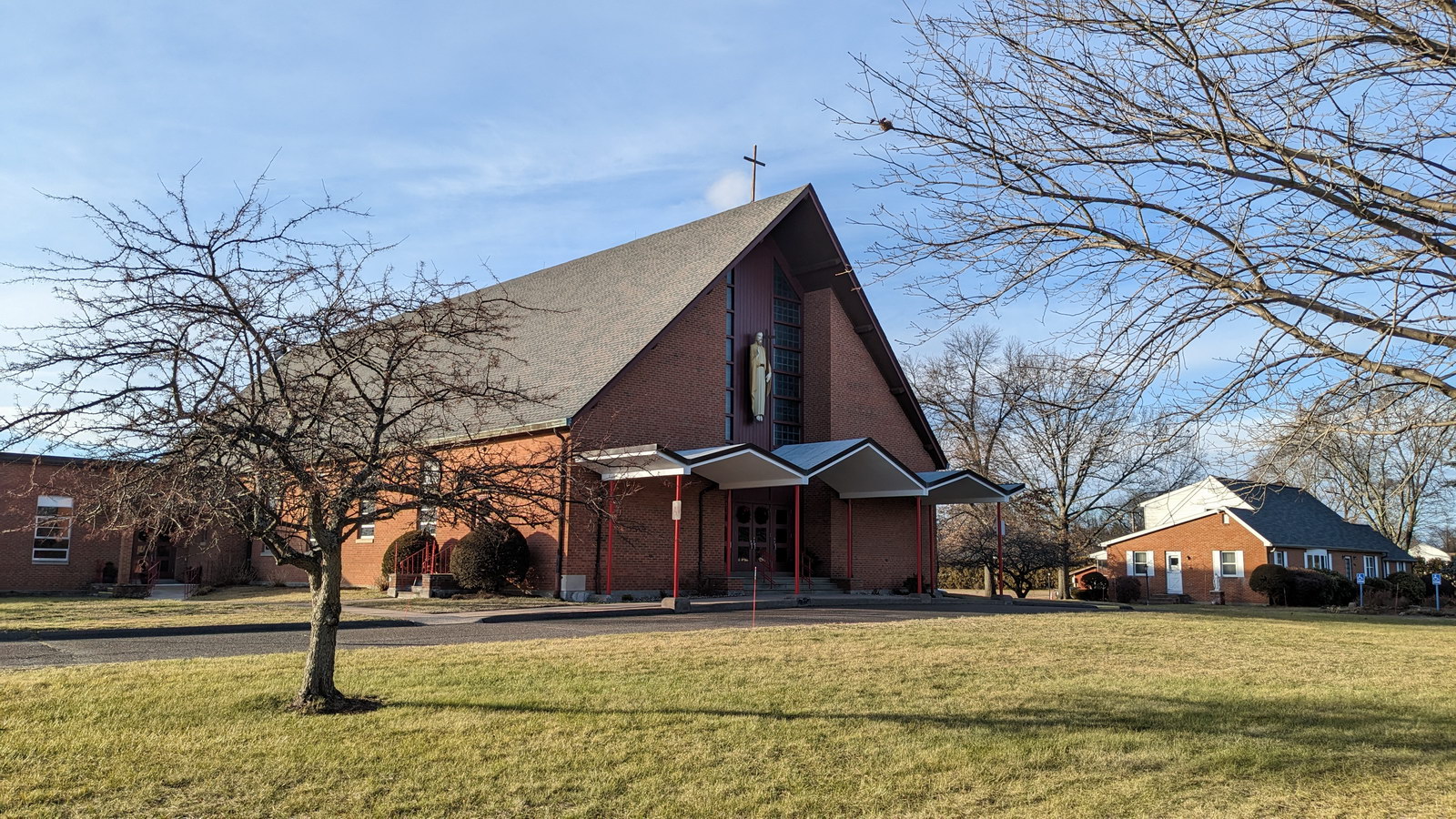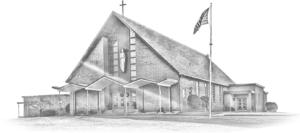
St. Philip church was founded in 1926 by a group of Polish immigrants who settled in the area. These individuals likely played a significant role in establishing the church and fostering a community of worship in their new home.
The Polish community in East Windsor and the surrounding areas was largely comprised of immigrants who came to the United States in the early 20th century in search of better economic opportunities. Many of these individuals brought with them their faith and traditions, which they sought to preserve and celebrate through the establishment of churches and other cultural institutions.
The Church’s first location was a small building on Church Street in East Windsor, CT, having the founding pastor Rev. John Kondziolka. After serving as a parish priest in Poland for several years, Father Kondziolka immigrated to the United States in 1925 and settled in East Windsor, CT, where he became the first resident pastor of St. Philip Church. At the time, the church was a small wooden structure located on either Church Street or Depot Street, and Father Kondziolka worked tirelessly to build and grow the church and its community of parishioners.
Father Kondziolka was known for his dedication to the church and his deep faith. He was a gifted preacher and a compassionate pastor who was beloved by his parishioners. He served as the pastor of St. Philip Church until 1928.
The church grew rapidly over the years, and in 1939, the current church building was constructed on East Main Street. The new church was designed in the traditional Gothic style and featured stained glass windows and other artwork that reflected the church’s rich cultural heritage.
Some interesting facts about St. Philip Church in East Windsor, CT:
- The current church building was constructed in 1939 and is designed in the traditional Gothic style with stained glass windows depicting scenes from the Bible. The church’s interior features beautiful artwork, including murals and statues, that reflect the church’s rich cultural heritage.
- St. Philip Church has undergone several renovations and additions over the years to accommodate the growing community of parishioners. In the 1950s, a new rectory was built, and in the 1970s, a new education center was added to the church.
- The church hosts a number of ministries and activities for people of all ages, including religious education classes, youth groups, and social events. The church also participates in various community outreach programs, such as food drives and charitable fundraisers.
- St. Philip Church is home to a beautiful pipe organ, which was originally built in 1939 and has been restored and expanded over the years. The organ is a centerpiece of the church’s music program and is used for regular Masses, concerts, and other events.
- St. Philip Church is a vibrant and diverse community that serves people from many different ethnic backgrounds. While it has its roots in the Polish immigrant community, the church has welcomed people of all cultures and backgrounds and is committed to fostering a spirit of inclusivity and diversity.

